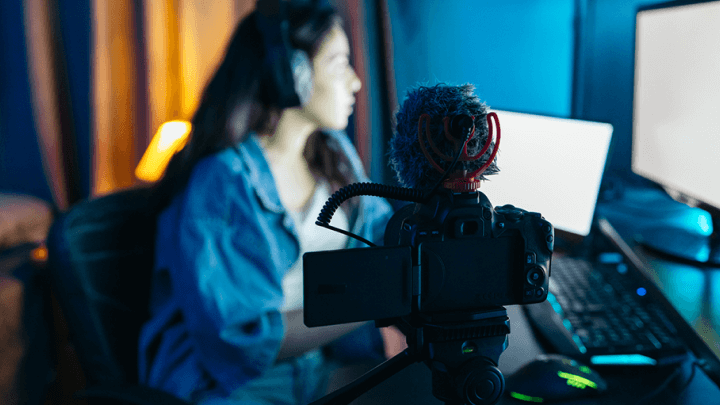As a child, what job did you dream you'd do when you grew up? An astronaut? A musician? A 2019 poll commissioned by the Lego Group found that vlogger/YouTuber was a more popular aspiration than either.
In today's connected world, that's a very broad term—there are all sorts of online creator paths available now. So let's talk live streaming, offered by most social platforms to enable users to broadcast real-time video of themselves across the internet. Your school careers advisor might not have suggested it, but it's an increasingly viable path in modern society—one that even offers fame and fortune to a lucky few.
Kids aren’t waiting till they’re adults either, streaming content straight from their bedrooms or the local park—at this very minute and at all hours of the day. So if your child wants to be a streamer, what do you need to know?







